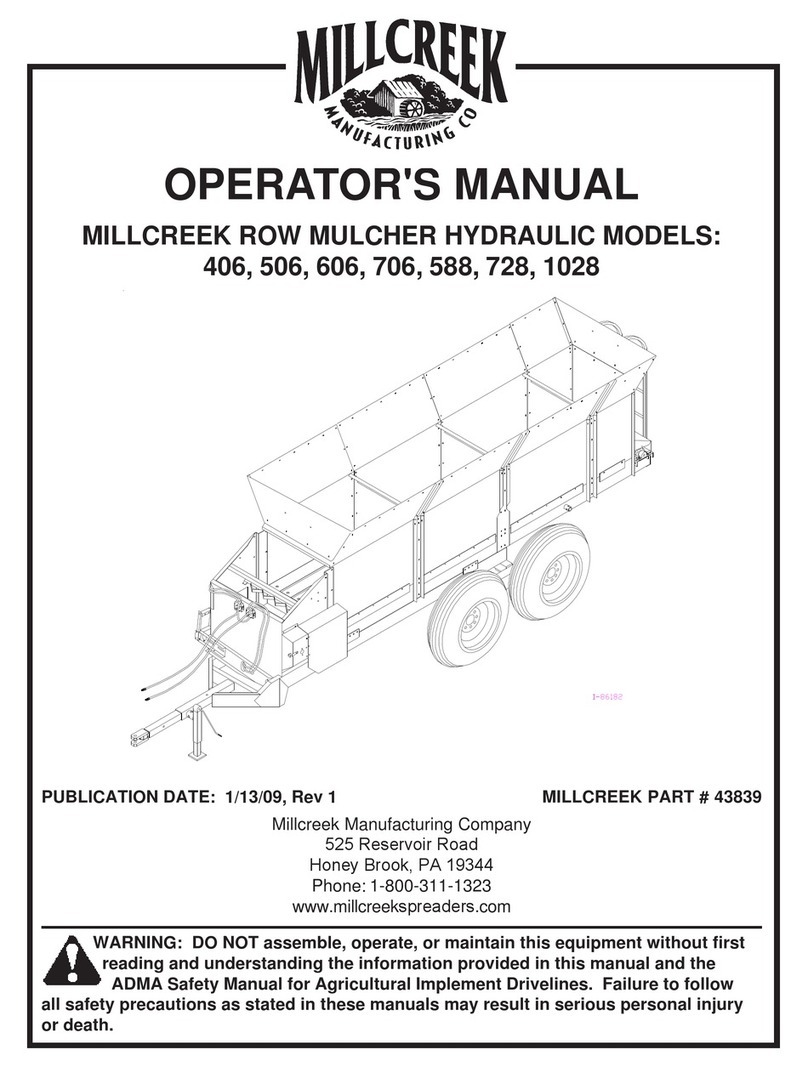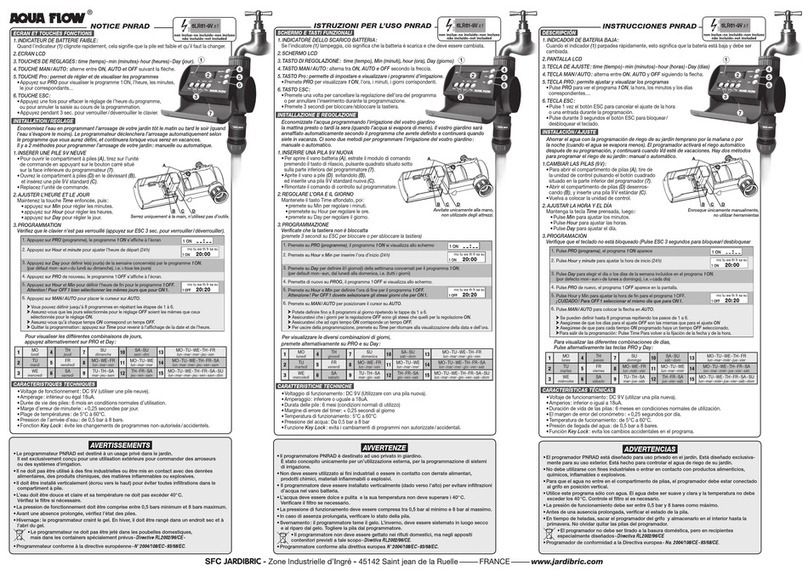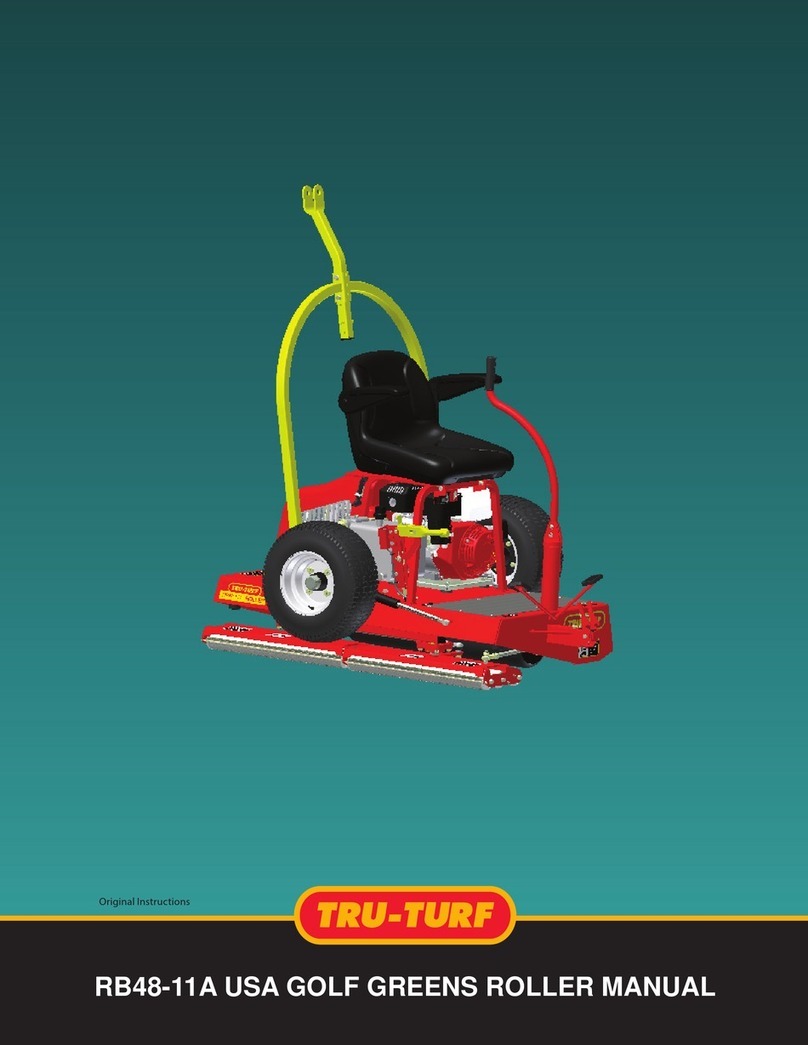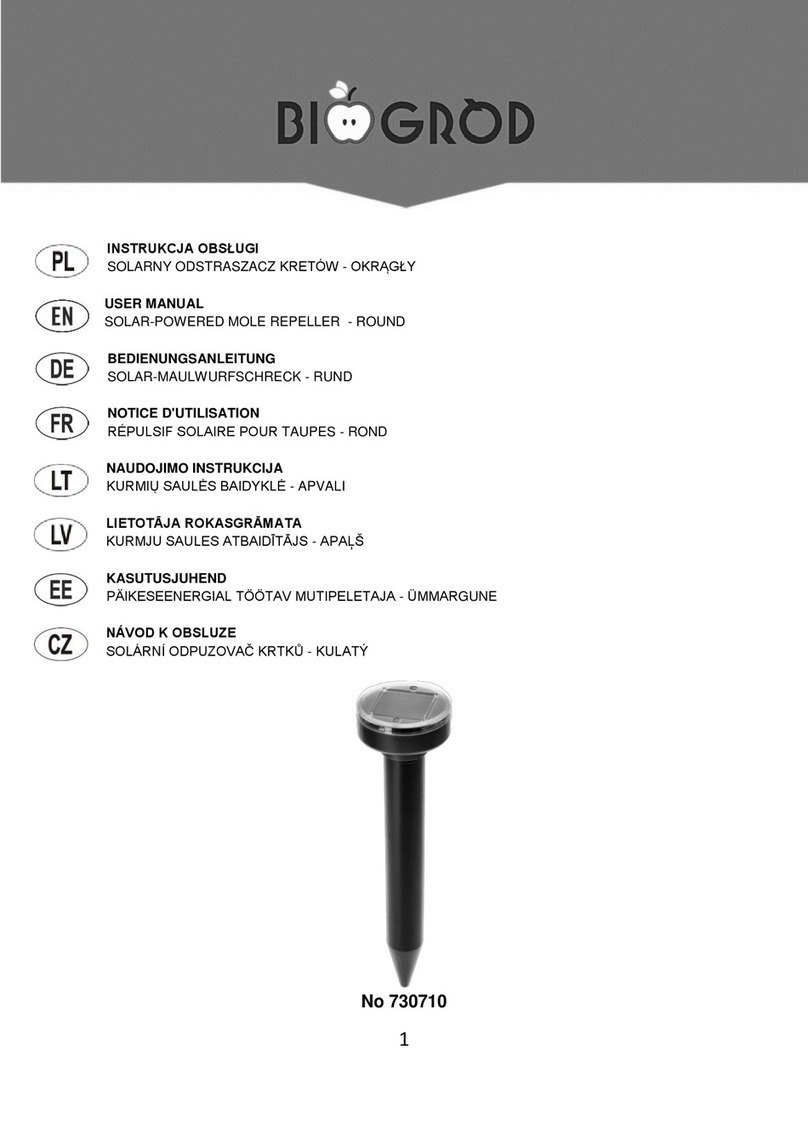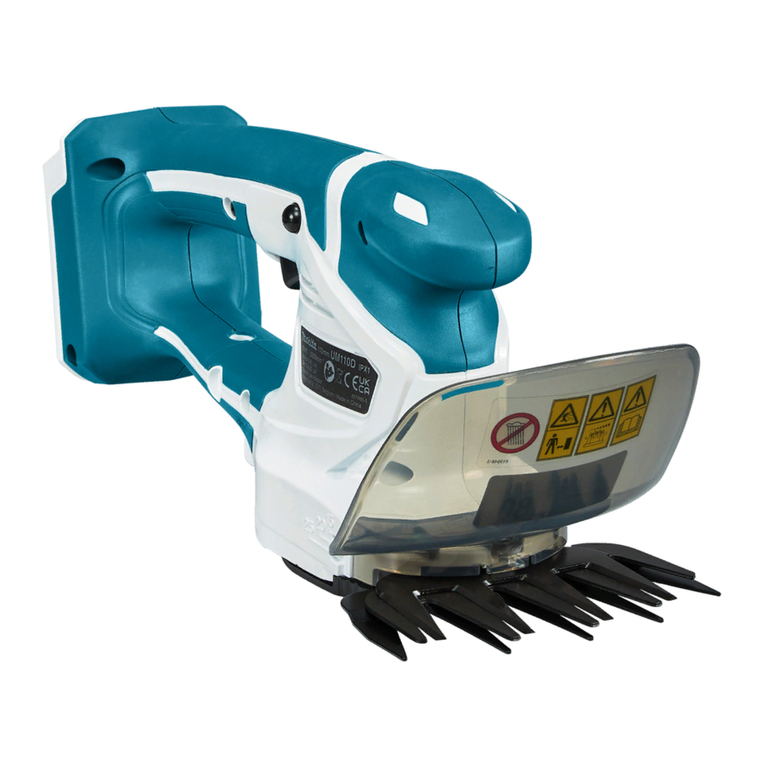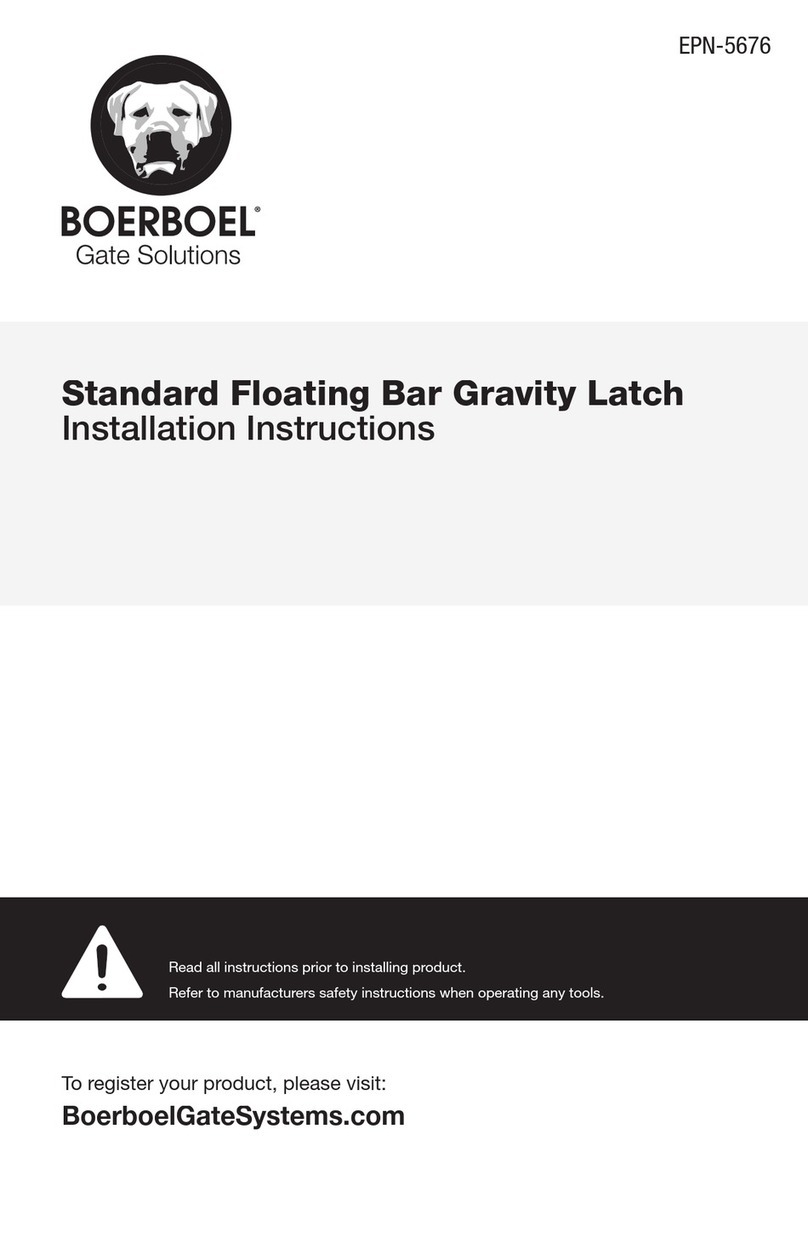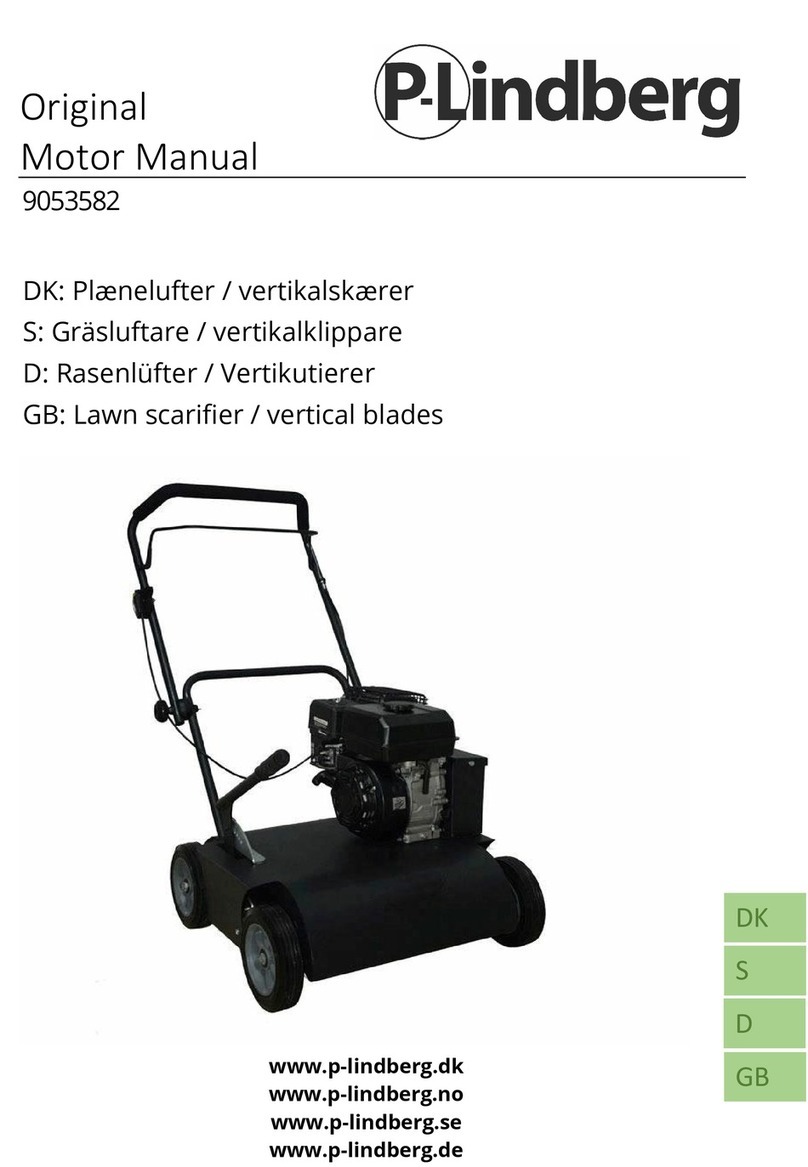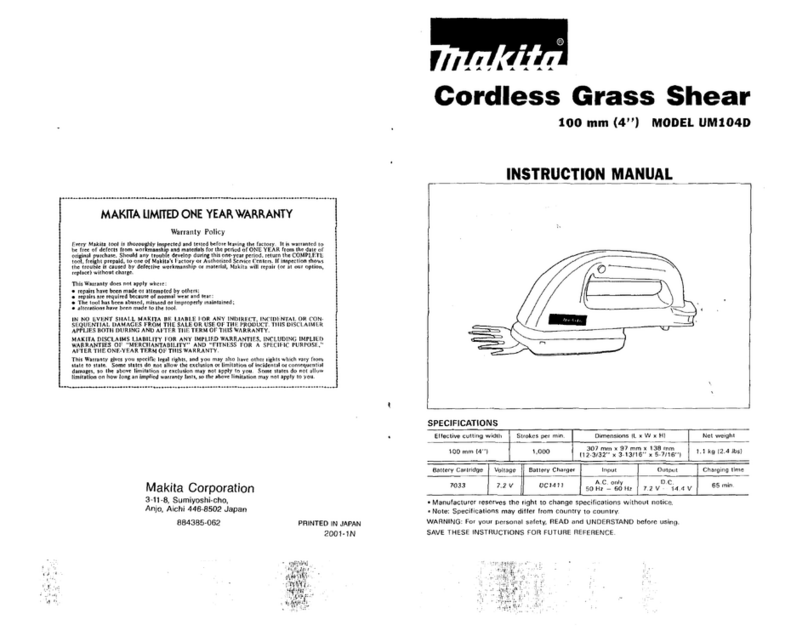Safety and reliability
7
Safety an d reliability
Avoid accidents! Don't learn safety the hard way! Stay alert!
Think SAFETY! Work SAFELY!
Prior to operating the machine read and observe this operation
manual and all safety instructions and decals
Everyone must be given operating instructions before starting to
operate the equipment. Pass on all safety advices also to other users!
Safety instructions
3-point rotary hay
making machines
General
You are responsible for the SAFE operation and maintenance of your
equipment. It is the operator's responsibility to read and understand
ALL safety and operating instructions in the manual and to follow
these. You must ensure that you and anyone else who is going to
operate, maintain or work around the unit be familiar with the
operating and maintenance procedures and related SAFETY
Information contained in this manual. The manual will take you step-
by-step through your working day and alert you to all good safety
practices that should be adhered to while operating this equipment.
Remember, you are the key to safety. Good safety practices not only
protect you but also the people around you. Make these practices a
working part of your safety programme. Be certain EVERYONE
operating this equipment is familiar with the recommended operating
and maintenance procedures and follow all safety precautions. Most
accidents can be prevented.
Do not risk injury or death by ignoring good safety practices.
•Machines must never be tested on a tractor in an enclosed space
because of the danger form exhaust fumes!
•Always check traffic and operational safety before any putting the
machine into operation!
•Adhere to the general rules of health and safety precautions
besides the advice of this manual!
•The installed warning and advisory signs give important hints for a
safe operation; adhering to serves your own safety!
•When making use of public roads adhere to applicable traffic rules!
•Become acquainted with all installations and control devices as
well as with their function before beginning the operation. Doing
this during operation would be too late!
•The clothing of the operator should be tight. Avoid wearing any
loose clothing!
•Before beginning to drive and/or operate check surrounding area
(children!). Ensure sufficient visibility during all operation and
transport!
•Nobody shall ride on the machine during transport and/or
operation!
•Attach accessories in accordance with mounting instructions and
only to the appropriate attaching points!
•Special care shall be taken when (dis)mounting the machine on/off
the tractor!
•When attaching/detaching the machine place the jack stand into


